219. How Did GAP Digital Turn Left Behind Into Cinematic Audio Drama? | with Todd Busteed
Podcast: Play in new window | Download (Duration: 1:22:24 — 76.8MB) | Embed
It’s not an audiobook. It’s also not a movie series. Directly between these lies the medium of audio drama, such as 144 episodes about the end of days. Based on the best-selling novels, how did GAP Digital, working with Tyndale House Publishers, proudly present the dramatic audio edition of Left Behind?
Episode sponsors
- Enclave Publishing at Realm Makers
- The Katrosi Revolution series by Jamie Foley
- Lorehaven Open World at Realm Makers
Mission update
- Lorehaven reviews: Steal the Morrow
- Subscribe free to get updates and join the Lorehaven Guild
Concession stand
- If you prefer an end-times debate, you can go to episode 216.
- The Left Behind audio drama is often badly confused with audiobooks.
- This is a high-production, cinematic streaming series with one quirk.
- You bring the pictures because radio drama is a theater of the mind.
- And indeed the drama can be very intense, often more than the books.
- Finally, we’ve spoken with Chris Fabry, who adapted the series for audio.
 Introducing guest Todd Busteed
Introducing guest Todd Busteed
Todd Busteed founded GAP Digital, a Chicago-based audio drama studio. From 1999 to 2004, Busteed directed and produced Left Behind: The Dramatic Audio Series, created by a team of writers, actors, musicians, foley artists, and sound engineers. GAP Digital has provided production engineering for many productions, including Adventures in Odyssey, Focus on the Family Radio Theatre, and VeggieTales. Meanwhile, Todd lent his voice to the entire Bible (NLT) and many other audiobooks. He is a regular announcer for nationwide events and races.
Life before Left Behind: biblical truth and fantastic imagination?
- GAP Digital origin, Wheaton studio, work with Adventures in Odyssey
1. How to assemble a Left Behind Adaptation Force
- Todd shares his experience with audio engineering and the LB series
- The initial pitch for a Left Behind audio drama to Tyndale House
- Original expectations and recruitment of actors, music, engineers
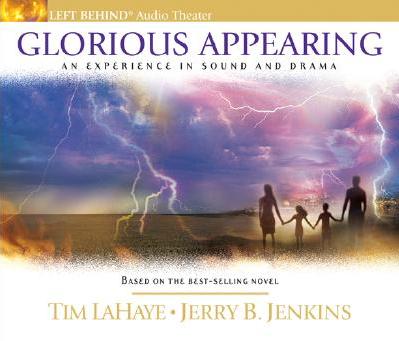
Twenty years ago, GAP Digital released the final twelve episodes of Left Behind: The Dramatic Audio Series.
2. Heralding the end-times from the eyes to the ears
- Left Behind production challenges, especially when the books went big.
- “Faster, faster, you fool!” Going from one drama a year to two of them.
- Conversion scenes, turning sermons into “podcasts,” sensitive subjects.
- Disaster theater! Providential plagues call for special audio effects to “show” world wars, earthquakes, hailstorms, comets, demon locusts.
- (Stephen himself, as an early fanboy, “consulted” on sound effect ideas.)
- This started a spinoff series, The Kids: Left Behind; we’ll explore that next time.
- Next: fan reception, killing Antichrist, planes, guillotines, Armageddon
- Finally the return of Jesus in Glorious Appearing (adapted by Darby Kern)
- Adding a narrator, casting Jesus, voicing Satan, and intro to Millennium
3. Legacy of Left Behind: The Dramatic Audio Series
- GAP Digital created 144 episodes, 12 episodes per original novel.
- The studio also produced a drama of Left Behind prequel The Rising
- End of an end-times era, on to other pre-pre-Tribulation missions
Com station
- Which do you prefer, audiobooks or cinematic audio dramatization?
Next on Fantastical Truth
Some Christians think that in an end-times Rapture event, young children automatically go to Heaven. But what about older kids? Such as teen rebels who disobey parents, won’t go to church, and reject Jesus? Left Behind: The Kids explored the exploits of the Young Tribulation Force, and was adapted for its own fantastic dramatic audio series by our next guest: Darby Kern.


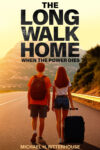




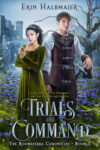






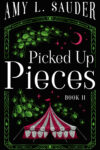


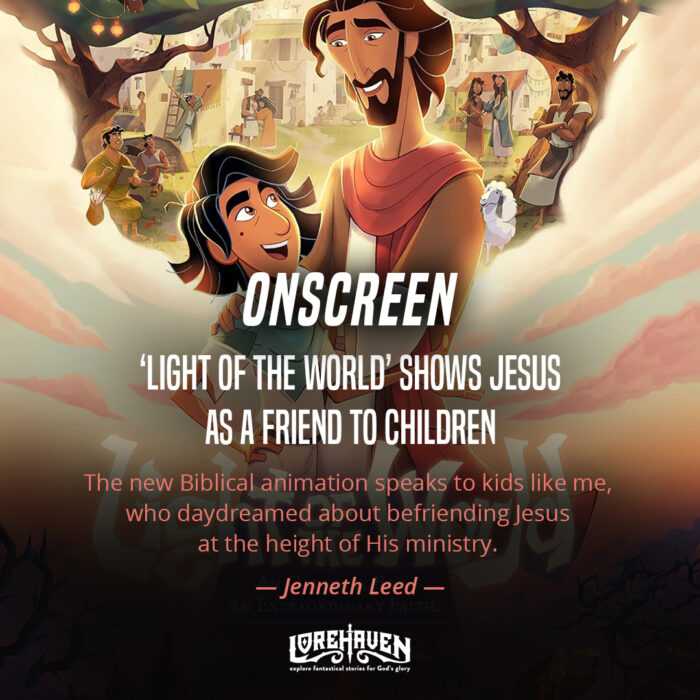

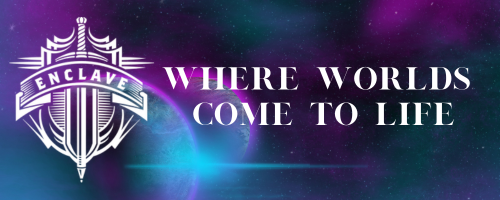

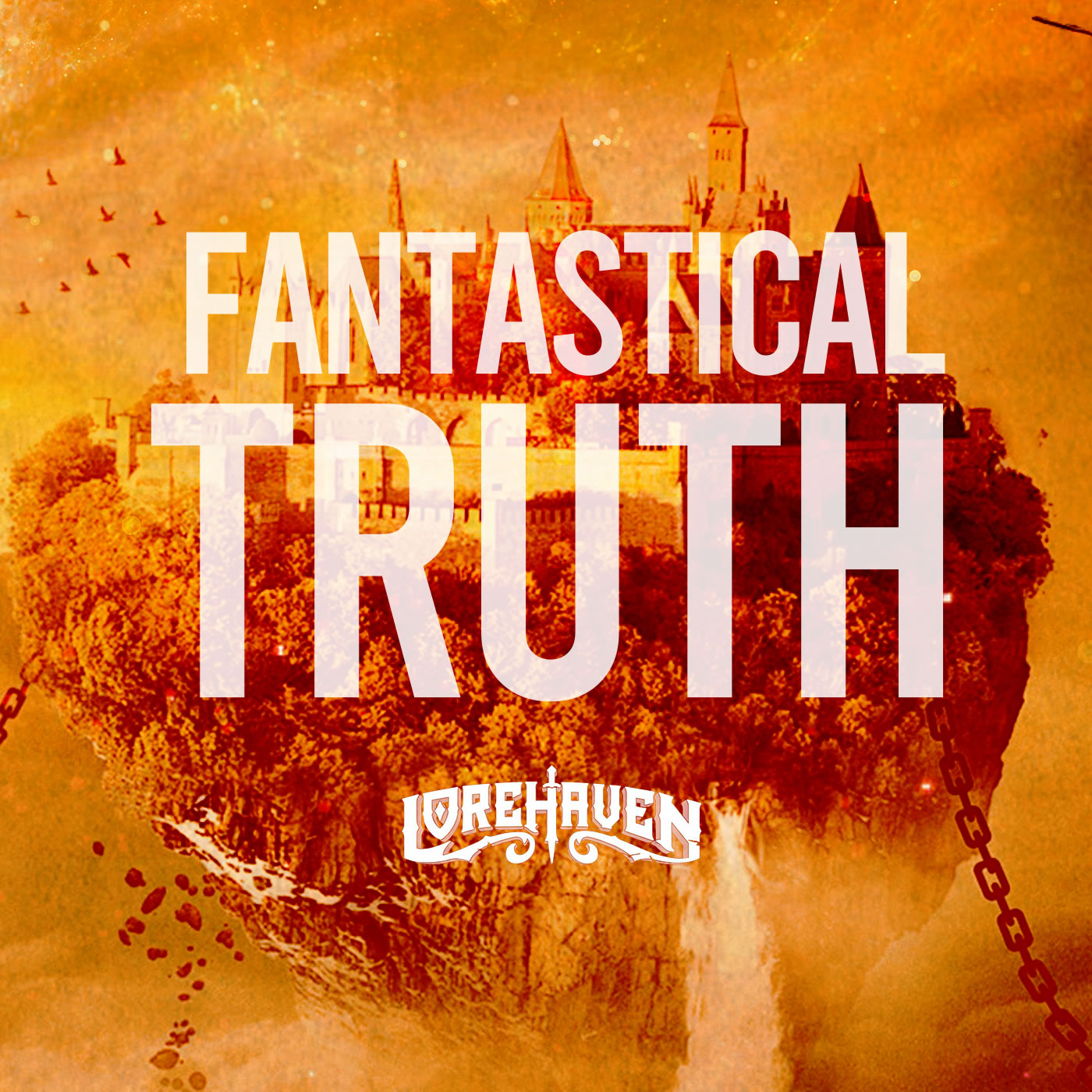
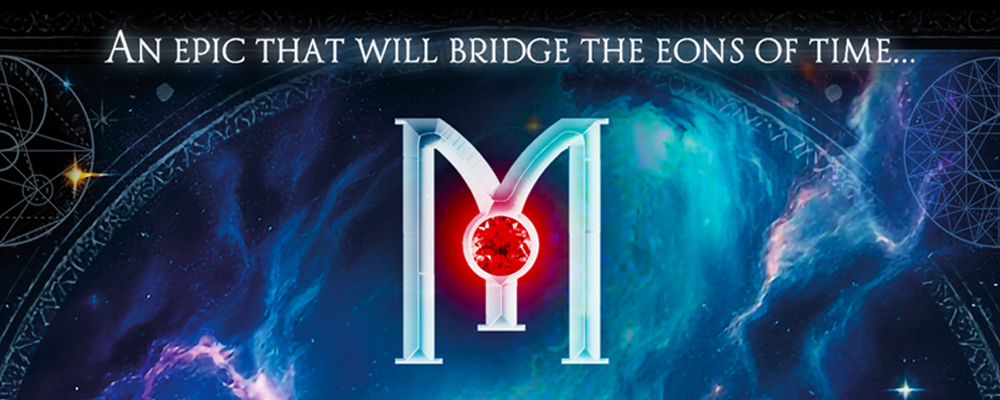
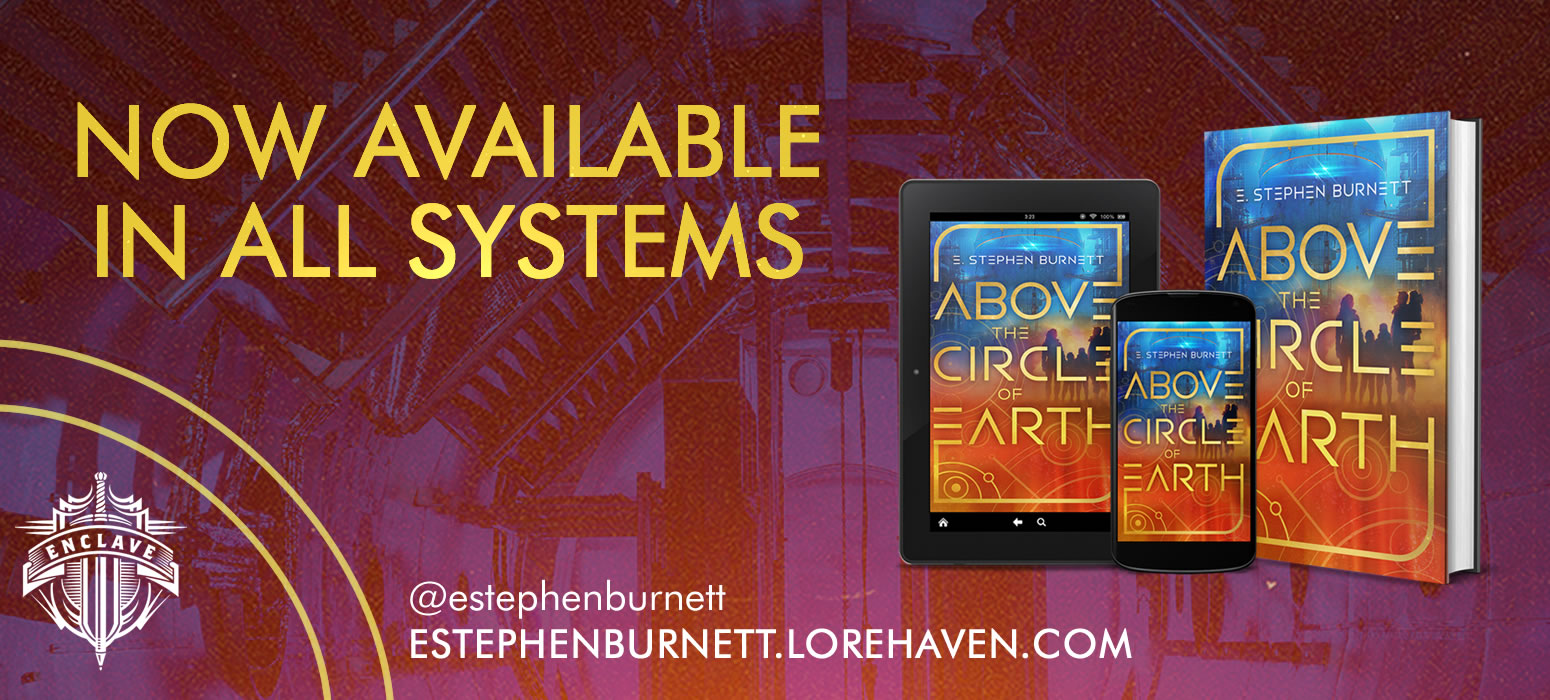
Great episode! I love hearing Todd talk about all the sound effects and layers that went into the sound design.
I’m wondering, where can you actually listen to the Left Behind audio drama? I see that the first 48 episodes are available in a couple places. But what about the rest? And I don’t see the kids audio drama series.
Yes, you can listen to the first 48 episodes on Spotify and Apple Music. But I think to get the rest, you’d still need to borrow or purchase the CDs originally printed in the late ’90s–early ’00s.
How & where can I purchase the CDs or legally purchase mo3 downloads of this series?
It looks like there are places online which still sell the dramatic audio version of these books. Just a quick search turned up a site called “Chirp Books”, and searching for Left Behind returns all 12 of the original books, plus “The Rising” prequel, which Todd Busteed also did. The site shows the overall runtime of each book (should be just under 5 hours for the twelve episodes), and you can click the sample play button to make sure it’s the audio drama, not just the audio book version where someone’s directly reading from the paper book.
It might get expensive to buy all of them, because each book seems to be going for about $19 right now. So if that’s too much, I’ve seen the entire Left Behind dramatic audio series uploaded to YouTube.
I didn’t know Todd played Mac Mcollom!!! Ahh that’s awesome 😆 I recognized that voice IMMEDIATELY!
Now that you mention it, I remember playing the computer game “Tropico 4”, and I’m certain that some of the voice actors in that were the same as in Left Behind, including Mac McCullom and Albie. I don’t think the credits listed them, but maybe the game developer hired GAP Digital and its actors for some of the voices. It’s pretty interesting lore, at the very least.
I’ve listened to these, and really appreciate how faithful they are to the books, even more so than the movies. I even fix the movies whenever I listen to these, I take some of the images from the movies and recreate them in my head.
The casting was superb, and I even see in my head some of the cast from the movies as well who I’d picture as.
These are actually worth listening to, whether at home and be doing something else or even on a road trip, especially on a long car ride.
It’s crazy that the Left Behind audio drama still has a following so many years later. I’ve enjoyed them hugely from the time when I was a kid when they were just coming out.
The dramatic audio is a great medium, which allows a person to work on something mundane while listening. Plus, the actors in Left Behind (less so in The Kids series) seem like real professionals, and act with very believable emotion. I wish we could also get the rest of the prequels and sequel in this format, but that looks like it won’t happen.